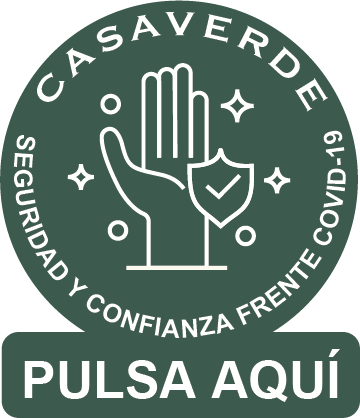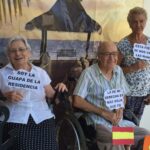Barriers in our environment
Barriers in our environment that affect social inclusion of older adults with disability and how to solve the issues.
Longer life expectancy in western countries has resulted in a progressive increase of ageing. In Spain, despite efforts to minimise all barriers that this demographic sector is faced with as much as possible, it is inevitable that from a certain age, a large number of elderly people are faced with some sort of disability.
It seems obvious to say that everyone has the right to actively be part and take part in what happens in their surroundings. However, in general, people with disabilities and older adults with some kind of disability are frequently faced with barriers that, to some extent, prevent them from social inclusion.
The World Health Organisation (WHO) defines barriers as “factors in a person’s environment that, through their absence or presence, limit functioning and create disability”. Currently, these are some of the most common barriers that older adults are faced with:
ATTITUDE BARRIERS
Despite society having evolved a lot regarding empathy and awareness towards others’ problems, there are still some gaps to fill.
It is difficult for someone without any mental or physical problems to be aware of all the adversities that others may have on a daily basis in order to carry out daily activities. Many times people tend to create stereotypes by assuming that they are not healthy or their quality of life is not good.
In order to eliminate these barriers, it is necessary for others to have an active and positive willingness towards the subject without expressing pity or inferiority. We should take into account that ageing and the physical and mental consequences of it do not mean uselessness and everyone should make an effort to promote individual independence, integrity and abilities.
COMMUNICATION BARRIERS
Older adults with speech, hearing, reading, writing or comprehension problems are those who suffer the presence of these barriers, which can appear many times a day both in the media and with the people who belong to their surroundings. Illegible writing, inaudible sounds, lack of subtitles, extremely long and complex sentences…
In light of this, and depending on each circumstance, we should adapt our communication to others’ abilities as much as possible. With regard to the media, other formats for the same contents should be taken into account. Family members and other people belonging to the subject’s environment should communicate slowly, pay attention and take care of their expressions in order to help the person with the disability to understand.
PHYSICAL BARRIERS
Structural barriers in the environment, whether natural or man-made, such as stairs, curves, heights, barriers, etc. put accessibility for people with a physical disability in danger.
In this sense, it is important for homes and centres where the individual is living to be 100% prepared and adapted in order for there to be no difficulties in movement. It is also important for professionals and family members to constantly supervise the environment in order to control it so no new obstacles appear.
In general, society and, in particular, individuals should do our part and make daily life and the quality of life of people who are faced with greater difficulties easier. At Casaverde, we are committed to providing accessibility and we are highly committed to our residents. Thanks to our team of professionals who work at our centres, we can guarantee attention and comfort for our residents.


